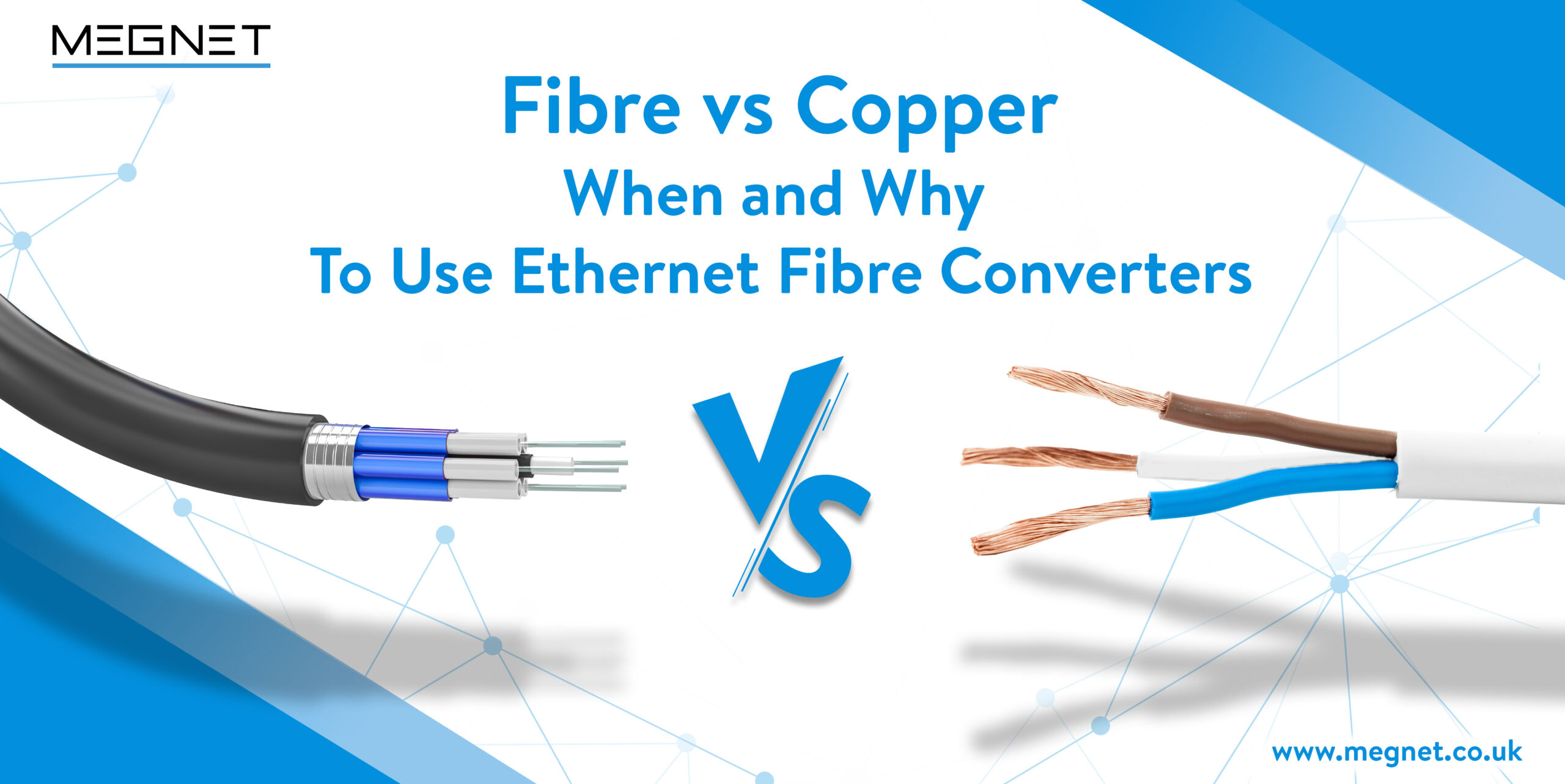
Fibre vs. Copper: When and Why to Use Ethernet Fibre Converters
The decision between fibre and copper cabling is critical in network architecture and performance in today’s linked world. This article analyses the critical decision of choosing between these two solutions and emphasises the critical function of Ethernet fibre Converters in bridging the gap.
As organisations and data centres grow, the requirement for efficient and dependable data transfer becomes critical. Because fibre optic and copper cable have distinct advantages and disadvantages, it is critical to understand when and why to employ Ethernet fibre Converters to optimise network architecture
Fibre optic cabling and copper cabling are the fundamental building blocks of modern communication networks, each with its own distinct characteristics and applications.
Fibre Optic Cabling: Typically, glass or plastic fibres are used in fibre optic cabling for the transmission of data via light pulses. It is renowned for its exceptional bandwidth and data-carrying capacity. Light signals travel at extraordinary rates through the fibre, which translates to rapid data transmission. A fibre optic cable consists of a core (where light travels), cladding (which reflects light back into the core), and an outer layer for protection.
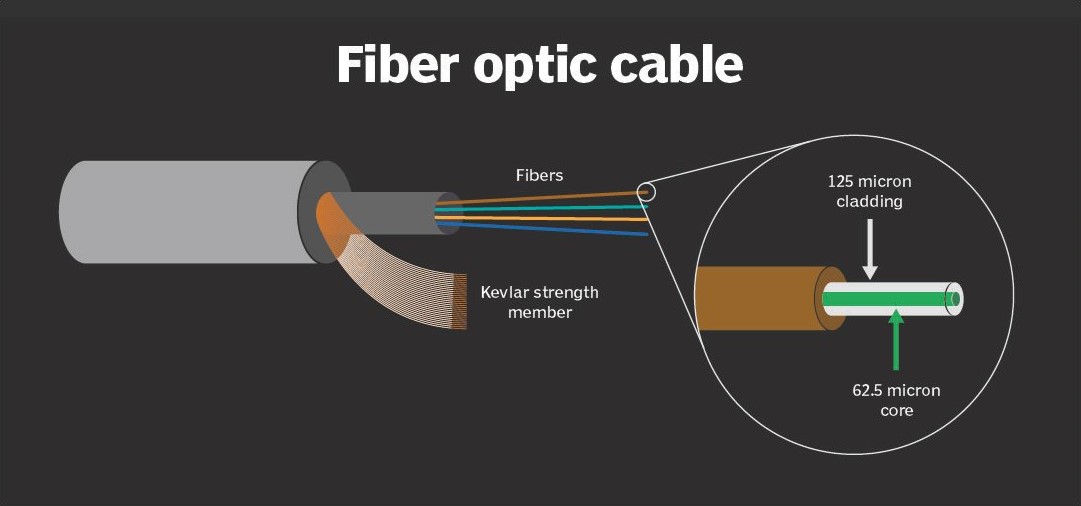
Copper Cabling: In contrast to fibre optic cabling, copper cabling uses electrical signals to transmit data. Typically, it consists of pairs of copper wires that are twisted and frequently encased in insulation. Copper cabling is a popular option for many networking applications due to its familiarity and simplicity of installation.
Key Differences
- Speed: Fibre optic cabling is well-known for its ability to transmit data at fast speeds. It can transfer data at light speed, providing substantially higher data rates than copper. Due to electrical resistance, copper cabling has speed restrictions.
- Distance: Fibre optic cabling is capable of transmitting data over significantly longer distances without signal degradation. Single-mode fibre can transmit signals without degradation over distances of several kilometres. Copper cabling, on the other hand, has distance limitations, with the quality of data transmission diminishing over greater distances.
- Immunity to EMI: Since light transmissions are not impacted by electromagnetic fields, fibre optic cabling provides a high level of resistance against electromagnetic interference (EMI). Electromagnetic interference (EMI) can cause disturbances in signals when copper cabling is used.
- Installation Complexity: fibre optic installation typically requires more specialised knowledge and equipment, making it more difficult than copper cabling installation, which is typically straightforward.
- Cost: Copper cabling is typically more cost-effective in terms of initial investment, whereas fibre optic cabling can be more expensive due to the expertise and materials required.
Know more about the differences between fibre optic patch leads and copper cables.
Advantages of Fibre Optic Cabling
- High Bandwidth: The bandwidth of fibre optic cables is exceptionally high, enabling the swift transmission of large quantities of data. This makes them suitable for data-intensive applications such as video streaming, cloud computing, and data-intensive research.
- Immunity to Electromagnetic Interference (EMI): Data is sent across fibre optic cables using light signals, which are unaffected by electromagnetic interference. They are therefore appropriate for industrial settings and locations with a lot of electronic equipment since they can function dependably in electrically loud surroundings without experiencing signal loss.
- Low Signal Loss Over Distance: Without severe signal loss, fibre optic cables may transfer data over far greater distances than copper connections. This is particularly useful in situations when data must travel over great distances, such as underwater communication cables and long-distance telephones.
- Security: Fibre optic cables are difficult to plug into or intercept without detection. In contrast to copper cables, they do not emanate electromagnetic signals that are readily interceptable, making them ideal for transmitting sensitive data such as financial transactions and government communications.
Challenges and Limitations of Copper Cabling
- Copper cabling is susceptible to electromagnetic interference (EMI) from adjacent electrical devices, which can result in signal disruptions and data errors. This renders it unsuitable for environments with high electrical interference.
- Copper cabling has bandwidth limitations in comparison to fibre optics. This can be a significant disadvantage for applications requiring rapid data transfer. Check some key information on direct attach copper cables.
- Copper cables have distance limitations, particularly when it comes to the transmission of high-speed data. Signal intensity decreases as distance increases, necessitating signal repeaters or signal boosters.
- Copper cables are typically more voluminous and heavier than fibre optic cables, which can be a factor in environments where space and weight are crucial.
- Copper cables can experience signal loss over extended distances, which can result in data degradation and the need for signal correction mechanisms.
- Copper cables can corrode over time in outdoor or severe environments, diminishing their efficacy and life span.
- As data transfer rates continue to rise, antiquated copper cabling standards may become inadequate, necessitating upgrades to accommodate higher data transfer rates.
The Role of Ethernet Fibre Converters
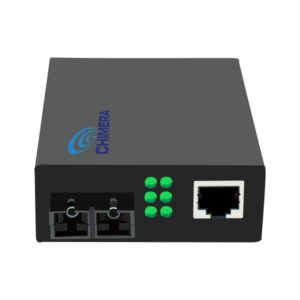
Ethernet fibre Converters serve as indispensable tools in modern network design and infrastructure management. Their primary role is to bridge the gap between different types of network cabling, particularly between copper and fibre optic cables.
Here’s an overview of their key roles and functionalities:
- Intermediary Function: Ethernet fibre Converters serve as intermediaries between devices that use copper-based Ethernet connections and those that use fibre optic connections. By converting electrical signals from copper to optical signals for fibre and vice versa, they facilitate streamlined communication between these devices.
- Compatibility Enhancement: They are critical in preserving the interoperability of legacy network equipment with newer fibre-based systems. This enables enterprises to capitalise on existing infrastructure expenditures while upgrading to more modern network solutions.
- Distance Extension: Ethernet fibre Converters convert copper impulses to optical signals, allowing data to be sent over larger distances. This is especially useful in situations where the inherent distance constraints of copper cable must be overcome.
- Flexibility and Scalability: These devices give network design flexibility, allowing enterprises to adapt to changing requirements. They are scalable solutions for growing network demands since they handle diverse data speeds, cable kinds, and interface standards.
- Cost Efficiency: Ethernet fibre Converters may considerably cut network upgrading costs. Rather than replacing all existing copper wiring with fibre, businesses may selectively place converters where needed, saving time and money.
- Seamless Integration: They optimise network performance by facilitating the seamless integration of various network segments, such as connecting copper-based LANs in office buildings to fibre-optic backbones in data centres.
- Network Maintenance: These converters facilitate network maintenance by reducing the intricacy of administering two distinct cabling systems. With their use, maintenance duties such as troubleshooting and upgrades become more efficient.

Why Choose Ethernet Fibre Converters
- Cost-Efficiency
Ethernet fibre Converters enable organisations to preserve their copper cabling infrastructure investments while taking advantage of fibre optic technology where it is required. This eliminates the need for an expensive cabling replacement on a large scale. - Versatility
Ethernet fibre Converters provide for adaptability to varied network settings due to its compatibility with a wide range of data speeds and cable types. They provide for adaptability in the layout of networks because of their compatibility with both multi-mode and single-mode fibre. - Minimal Disruption
Ethernet fibre Converter installation does not normally interfere with network functionality. when a result, fewer corporate operations will be disrupted when the network is upgraded. By carefully deploying converters, businesses may expand their network capacity without negatively impacting end users. - Ease of Integration
Ethernet fibre Converters integrate copper and fibre segments of a network seamlessly, ensuring consistent data transmission and device connectivity. They enable the coexistence of legacy copper-based equipment and modern fibre-based technologies, allowing businesses to maintain continuity of operations. - Compatibility with Existing Equipment
Ethernet fibre converters allow for the continued use of existing network equipment that was originally designed to work with copper cabling.
To know more about compatible OEM media converters, click the linked page.
Conclusion
Finally, Ethernet fibre Converters emerge as critical assets in the ever-changing world of network infrastructure. They enable businesses to navigate the complicated landscape of networking options with ease, providing cost-effective, adaptable, and efficient solutions.
These converters enable the smooth integration of historical and current network technologies by bridging the technical barrier between copper and fibre optics. They enable cost reductions, progressive improvements, and minimal interruption, allowing organisations to adjust their networks to changing demands while keeping costs under control.
Furthermore, Ethernet fibre Converters improve network administration by reducing complexity and increasing interoperability, making it easier to maintain and troubleshoot network infrastructures. They play an important role in future-proofing network investments, allowing enterprises to confidently embrace innovative technology.
FAQ's
Fibre optic cabling is preferred for long-distance connections, high-speed data transfer, and electromagnetic interference (EMI)-prone settings.
Copper cabling is inexpensive, simple to install, and ideal for short to intermediate lengths.
When you wish to exploit existing copper infrastructure while adding the benefits of fibre optics, such as speed and EMI resistance, use Ethernet fibre Converters.
Yes, Ethernet fibre Converters allow for the seamless connection of copper and fibre network segments.
By removing the need for a full-scale cabling replacement, Ethernet fibre Converters can drastically cut expenditures.
While converters provide flexibility, they do not remove the fundamental limits of copper or fibre cable, such as copper's EMI susceptibility.
Yes, Ethernet fibre Converters enable you to use legacy copper-based equipment while upgrading portions of your network to fibre optics.
Yes, they are quite useful for improving data centre connection by bridging copper-based servers and fibre optic backbone networks.
Converters keep networks running at full speed by translating signals between copper and fibre with little data rate loss.
They assist network expansion and technological updates, ensuring that your network can adapt to changing demands and technologies.


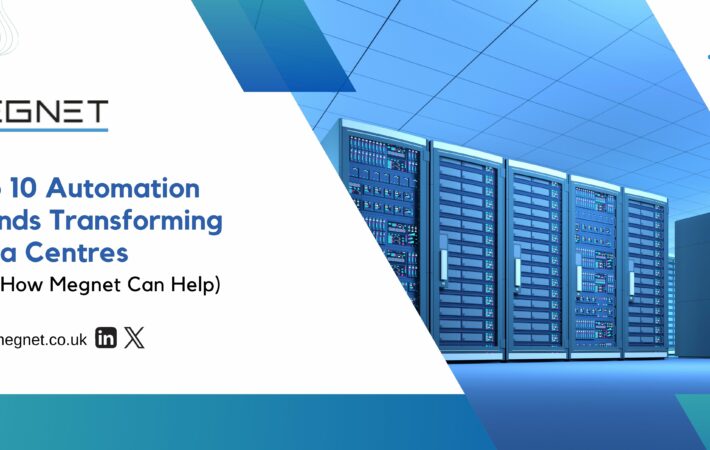
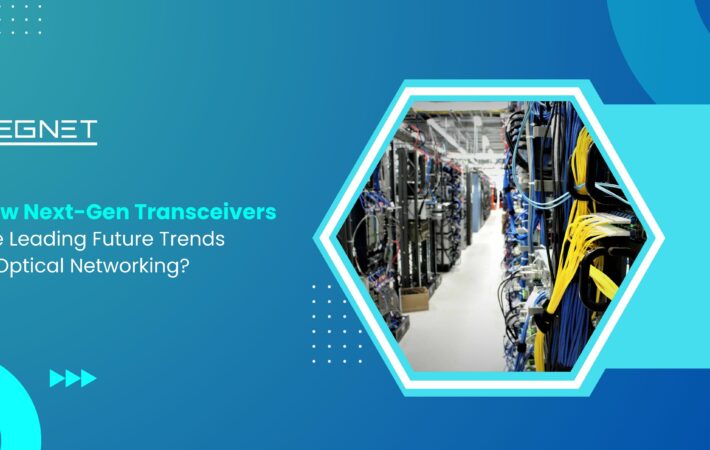
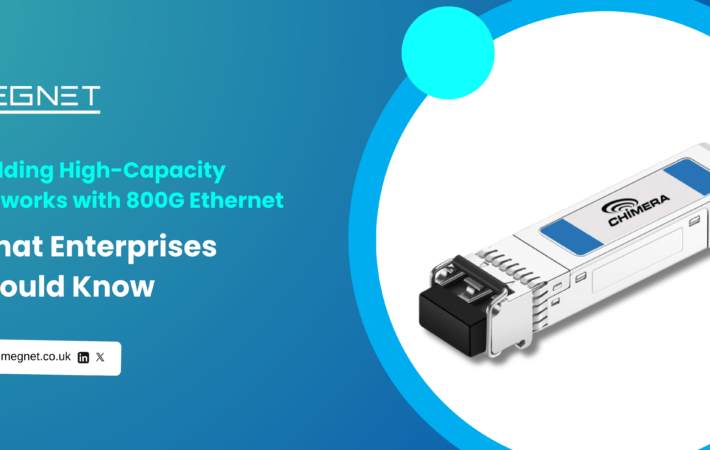
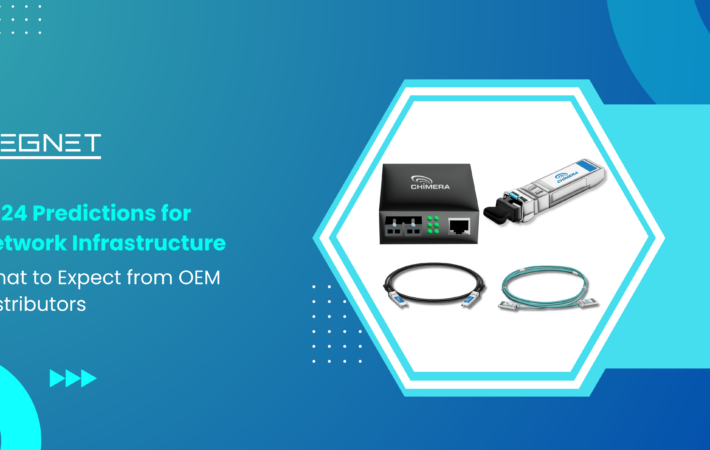
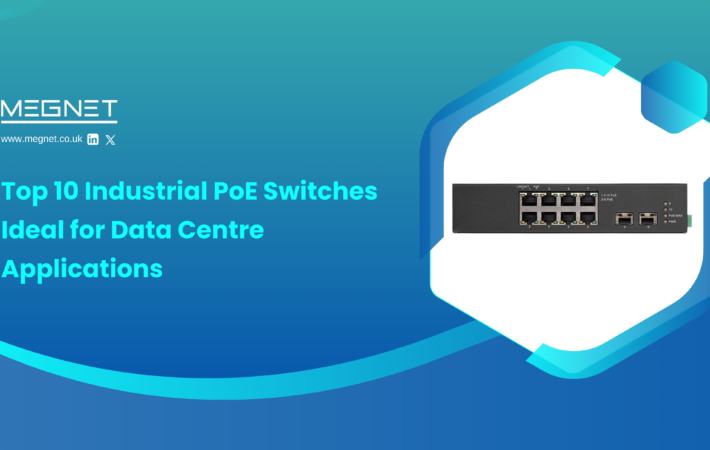


Leave a comment
Your email address will not be published. Required fields are marked *